We grow our own herbs and use them for both medicinal and culinary purposes, but do you know how to prepare them? There are several different methods of getting the most out of your herbs, and most of the time, it depends on what you’re using it for.
For instance, if you were using it on wounds, you’d likely make a salve. If you want something to sip, you’d make a tea. Today we’re going to talk about some top tinctures you should have on hand in your survival med supply.
What are Tinctures?
Tinctures are a great way to draw the medicinal value out of your herbs and store it for long periods of time. You do this by soaking them in alcohol or vinegar then just make tea, salves or whatever you need from them later. Vodka is a great option because it has a high enough alcohol content to draw out and preserve the medicinal properties but it doesn’t have any flavor.
To create a tincture, add 8 ounces of crushed herbs to 2 cups of alcohol or wine or 1 ounce of herbs to 5 ounces of vinegar. Place them in a quart jar, making sure that the herbs are completely covered. Store tightly covered in a cool dark place for at least two weeks and preferably at least a month.
Shake it up at least every couple of days. Strain the herbs out with cheesecloth or a coffee filter then store in a dark glass container in a cool, dark place. If you’re using vinegar, you need to refrigerate it. Tinctures are good for up to 2 years and 1 drop is equal to one teaspoon of herb juice.
So, now that you know what it is and how to make it, what are some of the tinctures that you may find most useful? That’s a broad question because experienced herbalists will mix and match certain herbs with others in order to meet the needs of a particular condition.
For example, if somebody is having problems sleeping, a lemon balm/lavender/valerian tincture may be good. Or, you may just want to make three separate tinctures and combine them as needed. So, assuming that’s the way you prefer to do it, what should you grow in order to preserve in this manner?
Personally, I prefer to grow a wide array of herbs, but also focus on ones that are good for more than one condition. There are some that are only good for a couple of problems, but the body works as a unit, so it’s not surprising that one herb treats different conditions, even if they’re seemingly unrelated.
If you look close enough, you’ll usually find a biological correlation.
Shephard’s Purse
This is a good one to keep around because it’s an effective herb used to stop bleeding, whether it’s a nose bleed, a major wound, or hemorrhaging of the uterus, lungs, or especially the kidneys. It grows all over the world, even in the worst of soils. It’s bitter and doesn’t smell very good, but it’s effective.
You can use it dried, in an infusion, or, of course, as a tincture.
This isn’t just an old-wives tale, either. It was used in the Great War when nothing else was available with surprising results, and is also used to treat jaundice and cleanse the liver, which is the cause of jaundice.
White Willow
This is an important one because it’s one of the most effective natural analgesics you can find. In fact, it’s the basis for aspirin – white willow bark is where aspirin originally came from, sort of. It’s good for headaches and general pains but it also relieves arthritis pain, and reduces fever and inflammation. It’s something you’ll want to keep on hand.
Valerian Root
If you’re looking for something to make your house smell good, this isn’t it. If you want something that has a wide array of scientifically-backed uses, then it’s a must-have. Valerian root is a powerful antispasmodic, muscle relaxer, and sleep aid.
It’s good for everything from muscle spasms to menstrual cramps, muscle pain, headaches, and arthritis. See now why I mentioned those combination tinctures?
Garlic
There are so many medical uses for garlic that I don’t even know where to start. First, it’s an antibiotic that functions similarly to penicillin or tetracycline. Use it as a gargle to remedy strep throat, put it in your ear to fight ear infections, or take it orally as a general antibiotic.
Oh, and it’s fabulous in pasta dishes, which we all know are a curative for the soul.
Plantain
Most people don’t know it, but plantain is good for much more than just frying and eating! It’s used to take the pain out of poisonous bites, stings, and plants, such as beestings and poison ivy, and also skin irritations such as eczema, boils, ulcers wounds, and burns.
St. John’s Wort
This has become popular in the last few decades for its success in treating depression and anxiety. Like many pharmaceutical meds used to treat these conditions, it takes several weeks to start to see a difference, especially when using it for depression.
Bloodroot
Bloodroot is good for dental hygiene such as fighting plaque, gingivitis, and tooth decay and has actually been approved by the FDA for use in some commercial toothpastes.
Chamomile
You’ve no doubt heard of chamomile tea – it’s been used forever as a calming, relaxing herb. It’s also good for soothing colicky babies and helping reduce pain and inflammation in the digestive tract. Chamomile tincture can be vaporized and inhaled as steam to treat lung and respiratory conditions such as asthma and bronchitis.
Echinacea/Goldenseal
I said I wasn’t going to recommend a combination, but I forgot about this one. Each herb on its own is powerful, but when you put them together, they’re a powerhouse for fighting off colds and bacterial infections, even in the digestive tract.
Ginger
I love ginger. I like it candied, and have found that it truly helps out when I have digestive issues such as nausea and upset stomach. But since it’s not found everywhere and it’s not as easy to grow in some places as it is in others, and it takes a bit of time anywhere, it’s a good idea to have a tincture on hand.
Gingerol, the chemical in ginger, is a powerful antibacterial and antiviral as well as an anti-inflammatory. It may also help with circulation issues. Peppermint is good for treating mild stomach problems as well, so a ginger-peppermint tincture might taste good and play well together.
Our ancestors have been making these concoctions for eons. There are so many good herbs out there that you should keep as a tincture, but these are some of the big ones. Also, ones such as lavender, milk thistle, oregano (another powerful antibacterial particularly good for digestive issues), rosemary, and thyme are on the list, too.
Since you can grow all of these quite easily, I didn’t add them as must-have tinctures, but it’s good to grow them somewhere. Can you think of any medicinal herbs that should be stored as tinctures for survival kits? If so, please share with us in the comments section below.
from Survivopedia
Don't forget to visit the store and pick up some gear at The COR Outfitters. How prepared are you for emergencies?
#SurvivalFirestarter #SurvivalBugOutBackpack #PrepperSurvivalPack #SHTFGear #SHTFBag


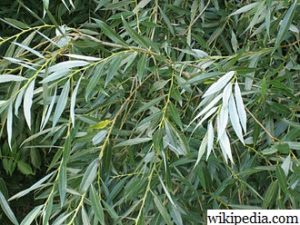
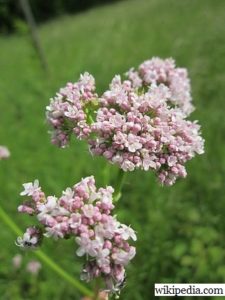
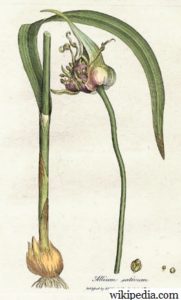

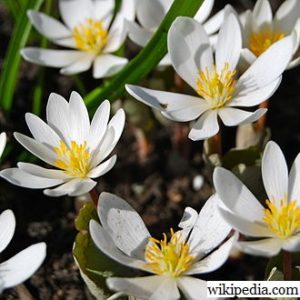
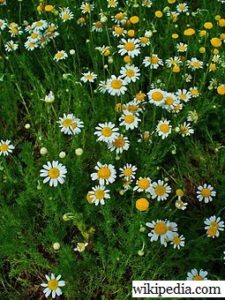
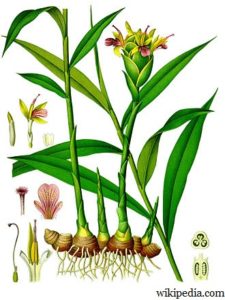

No comments:
Post a Comment